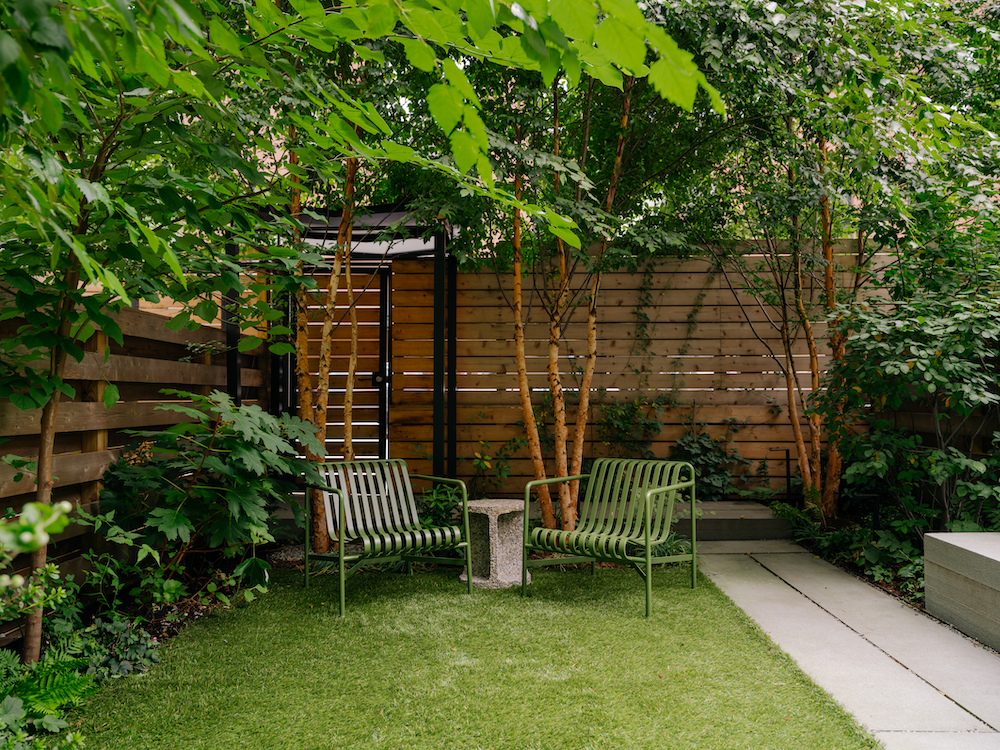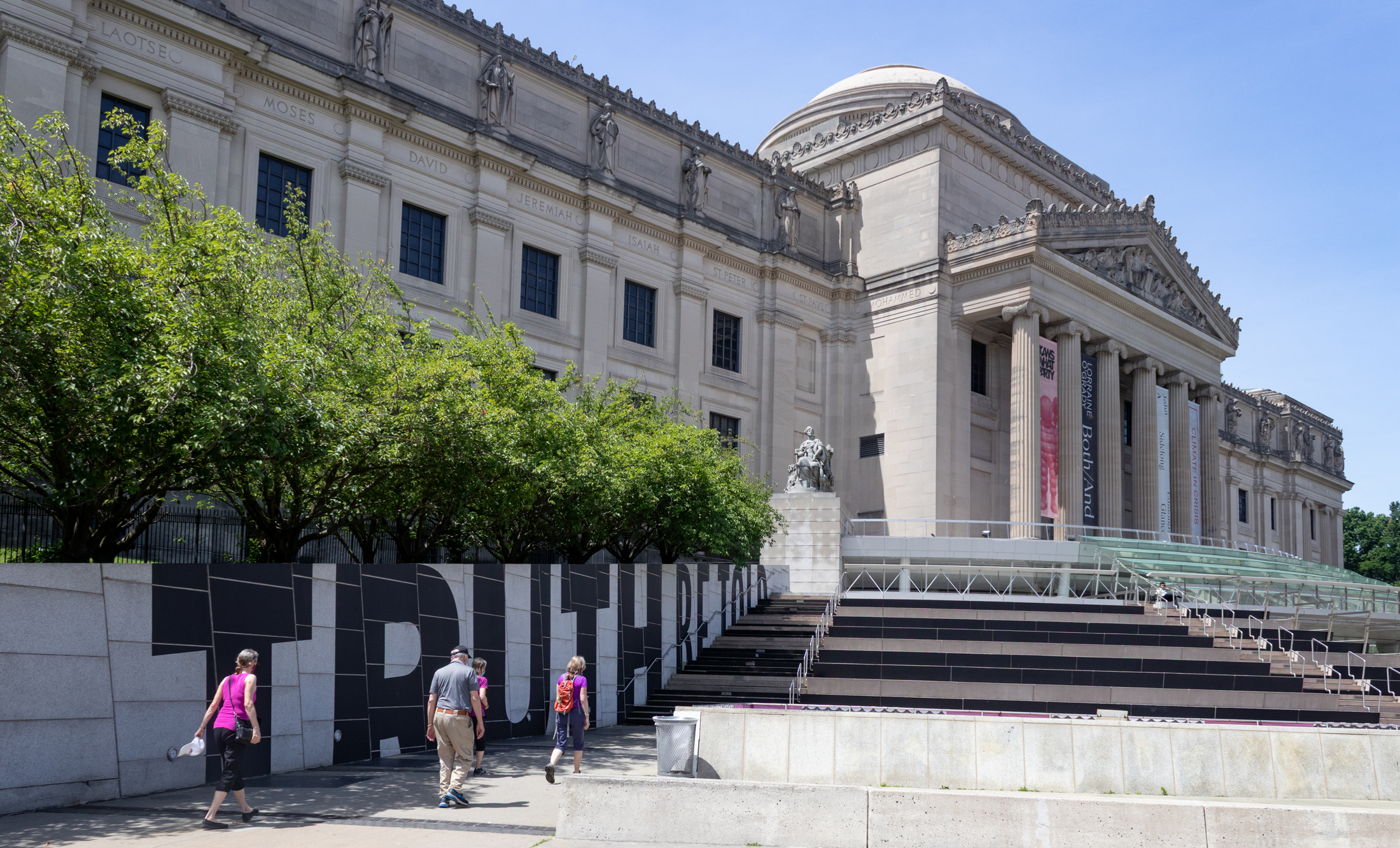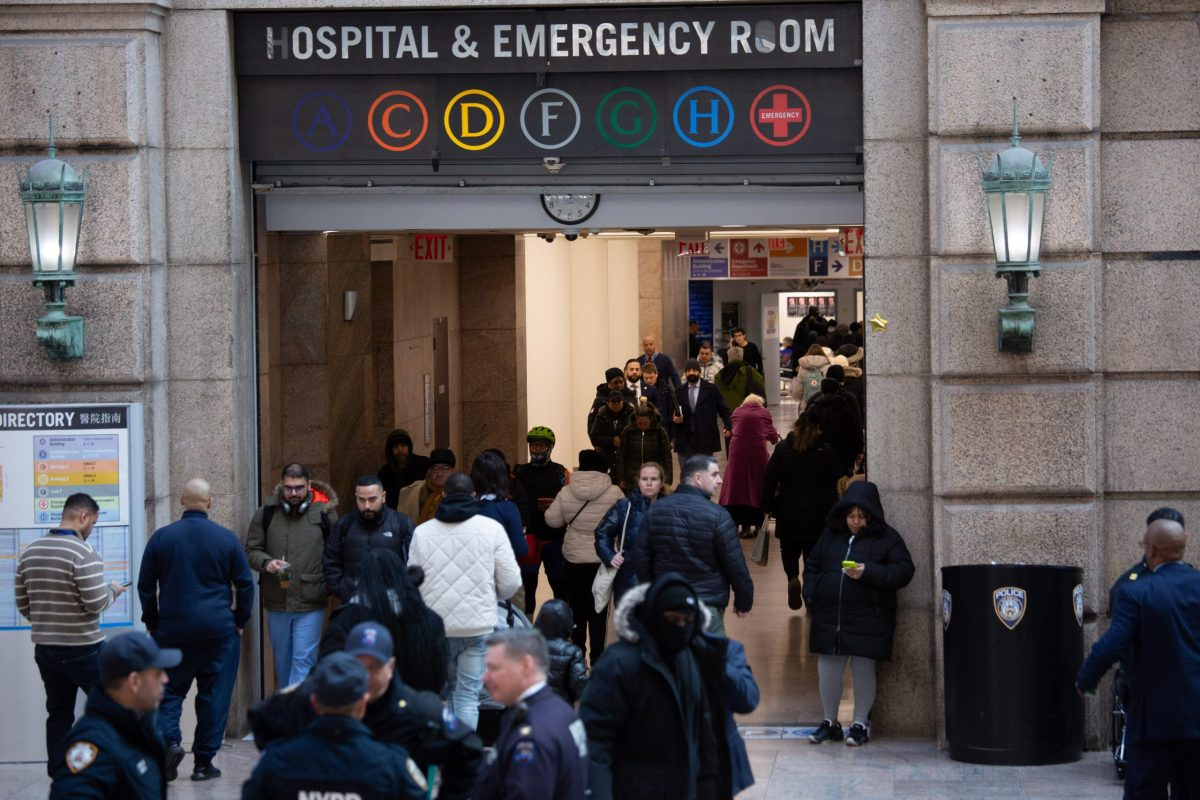Building of the Day: 57 Poplar Street
Brooklyn, one building at a time. Name: Former Brooklyn Children’s Aid Society Newsboy’s Home Address: 57 Poplar Street, between Hicks and Henry St. Neighborhood: Brooklyn Heights Year Built: 1883 Architectural Style: Victorian Schoolhouse Gothic Architect: Marshall Morrill (thank you, Christopher Gray) Landmarked: Yes, part of Brooklyn Heights HD. The story: The Brooklyn Children’s Aid Society…


Brooklyn, one building at a time.
Name: Former Brooklyn Children’s Aid Society Newsboy’s Home
Address: 57 Poplar Street, between Hicks and Henry St.
Neighborhood: Brooklyn Heights
Year Built: 1883
Architectural Style: Victorian Schoolhouse Gothic
Architect: Marshall Morrill (thank you, Christopher Gray)
Landmarked: Yes, part of Brooklyn Heights HD.
The story: The Brooklyn Children’s Aid Society was founded in 1866, and had its headquarters at this site, which was then listed as 61 Poplar St. Their first building was much smaller than this. One of their first charitable efforts was to establish a Newsboy’s Home, a residence and shelter to house boys from the age of 5 to 15, many of whom made their living as newsboys, bootblacks, messengers, or worse. Many of these children had been living in the streets, or in horrible conditions in overcrowded tenements. Some, but not all of them, were orphans. The first night the shelter opened, they had 16 boys. By the winter, they were sheltering over 80 boys a night. It soon became obvious that a new and larger building was needed.
The handsome new building was finished in 1883, and was a generous 60’x100′, and had four stories, an attic and a basement. The basement housed the dining room, kitchen, bathroom, and gymnasium. The first floor had offices, classrooms, a reading room and parlor. The second floor contained a sewing classroom, and bedrooms. The upper floors had dormitory rooms, as well as smaller bedrooms. The facility was run much like today’s homeless shelters, with the boys having to come to the Home in time to register for a bed and a meal. They were also eligible for classes, and could learn manual training, drawing and military drills. The sewing room was part of the Society’s Industrial School, which taught both girls and boys sewing and garment factory skills. In 1888, a cooking class for girls was instituted, where they could learn to bake bread, and cook meat, vegetables and dessert. They were encouraged to take whatever they made home, which must have been a lifesaver for many poor families. Girls did not live at the school.
The Children’s Aid Society instituted the still popular Fresh Air Fund. Children from this home, as well as orphanages and homes across the city were sent to homes and camps in the country in the summer, and also to a Coney Island summer lodge donated to them by a generous patron. It is not known exactly when the Society gave up this space, but by 1911, it had been turned into studio apartments. By the 1960’s, it was a machine shop, and then it was abandoned. Somehow, it escaped the Robert Moses’ wrecking ball, when he reshaped nearby Cadman Plaza. Perhaps it was because of the street’s remoteness, if so, other great buildings on this block were also saved, as well, including the Police Precinct building, Poplar Hall, and the candy factory on the corner. In 1987, the firm of Wids de la Coeur and David Hirsch restored this and surrounding buildings, connecting them, and creating large luxury condominium complexes. Some of those apartments must have wonderful light coming in those large arched windows.

(Photo:Google Maps)

(Photo:nineduane.queenitsy.com)









Ditto – All the same building. AMC extended from Greenpoint Avenue south to the burned buildings and included most of the property on the east side of West Street (including the reinforced-concrete building that is in danger of falling into American* Playground).
* Hmm – never occurred to me that the playground could have been named after the company. Yet another thing to research – or convince Chris to get his team (yes, team – dozens, I’m led to believe) of NYT-paid researchers on it. Though I haven’t seen any tall burqa-clad historians traipsing about Greenpoint – he probably stays in the limo (with NYP plates) when he comes up north.
Disclosure: the Times does give me, however, a personal shopping assistant, but only for stores along Fulton Avenue.
c
>>
I pay my assistant all by my lonesome. Also Con Ed, rent, health insurance, subway to Herkimer Street, 401K, her 401K, contribution to Baptist offerty (did I mention they don’t let you out of the church until the collectoin has been taken?), etc. But at any rate, did it all by my lonesome.
Today went well: found a counterfeiter on Herkimer; plus Al Smith called TR “insincere” at Kismet Temple. Wow – bare knuckle politics. You read it here first.
Also: I’m 6′ 2″ – must have been another guy. Allahu Akbar.
c
i don’t need a research assistant to tell me those images are reversed. how do you reverse digital images? or are they old slides that were converted to digital images backwards???
My dear, Montrose, another great post – I love this building. Interesting fact about the Fresh Air Fund.
(And I’m not even going to mention that you were in the Heights yet again and didn’t call.)
Wber – I thought the “rope building” burnt down – this is the one next door. Was that part of the same company?
Ditto –
That’s the Greenpoint Terminal Market, aka the former American Manufacturing Company, a rope and jute manufacturer. The company was formed in the 1890s and underwent a huge expansion during World War I. My understanding is that the wood block was used at loading areas, to soften the impact of things falling off the loading docks/trucks.
MM – don’t waste your precious research time – I found the answer on Google books. In the 1910’s they were still producing engineer’s guides that stated how to prepare wooden block sidewalks – the blocks must be at least 90% heart of southern yellow pine apparently.
There can’t be many others left in the city, if any.
That is so cool, Mopar. 🙂